Is it better to buy a Chery Omoda E5 or a Honda HR-V e:HEV RS in 2024?
Malaysians are currently spoilt for choice when it comes to green mobility. While some think battery electric vehicles are the only way forward, others contend that hybrids are a more practical way forward. So, if you have about RM140,000 to RM150,000 to spend on one of these environmentally-friendly new cars, which should you get? To give you an idea, we’re putting a couple of prime, size and price comparable crossovers up against each other.
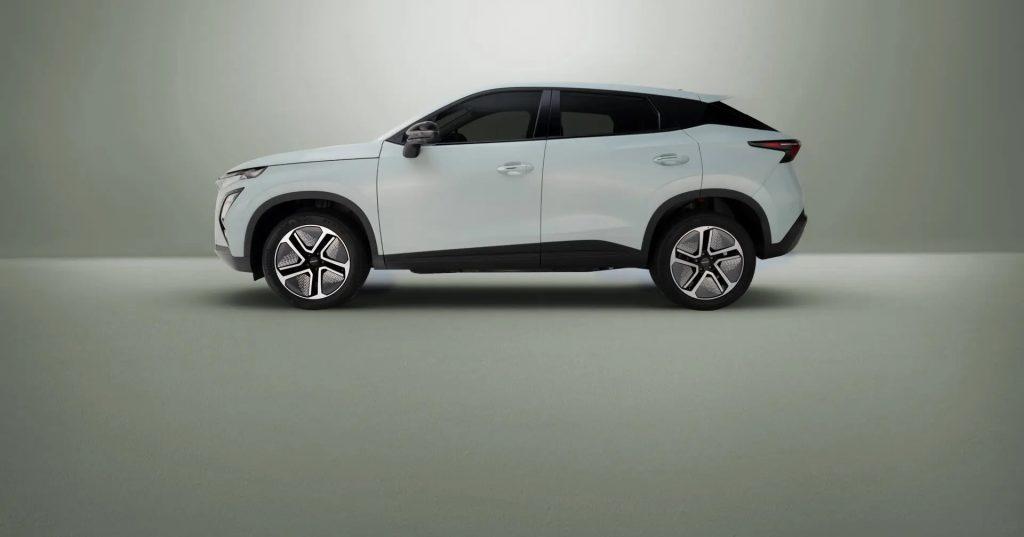
On the battery electric vehicle side is the Chery Omoda E5, newly launched with loads of early bird goodies, but a little higher priced at RM146,800. On the hybrid electric side of the fence we have the Honda HR-V e:HEV at RM140,800. In petrol form, both the Omoda 5 and HR-V come with a 1.5L turbo 4-cylinder and CVT driving the front wheels, so they’re really quite comparable vehicles. Let’s see how they stack up as “new energy” vehicles.
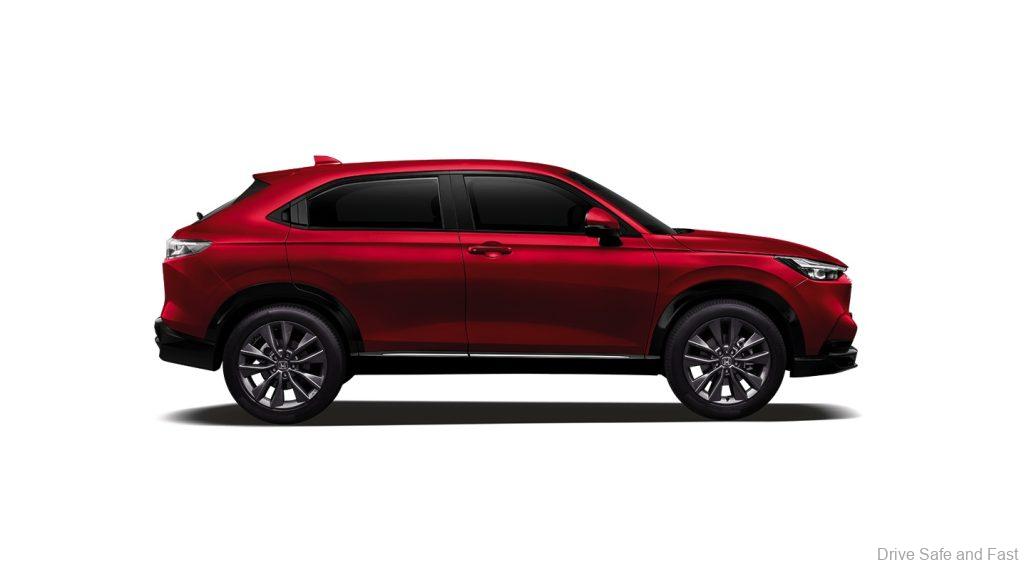
Performance
We have yet to drive the Omoda E5, but we have all the figures here for the comparison. While the HR-V e:HEV has an impressive 129hp and 253Nm of torque available, the Omoda E5 beats it by a HUGE margin, giving you 201hp and 340Nm of torque. Both vehicles are front-wheel drive. As the figures suggest, the Omoda E5 is a much faster vehicle. It does 0-100km/h in just 7.6 seconds while the HR-V e:HEV takes 10.7 seconds to do the same.
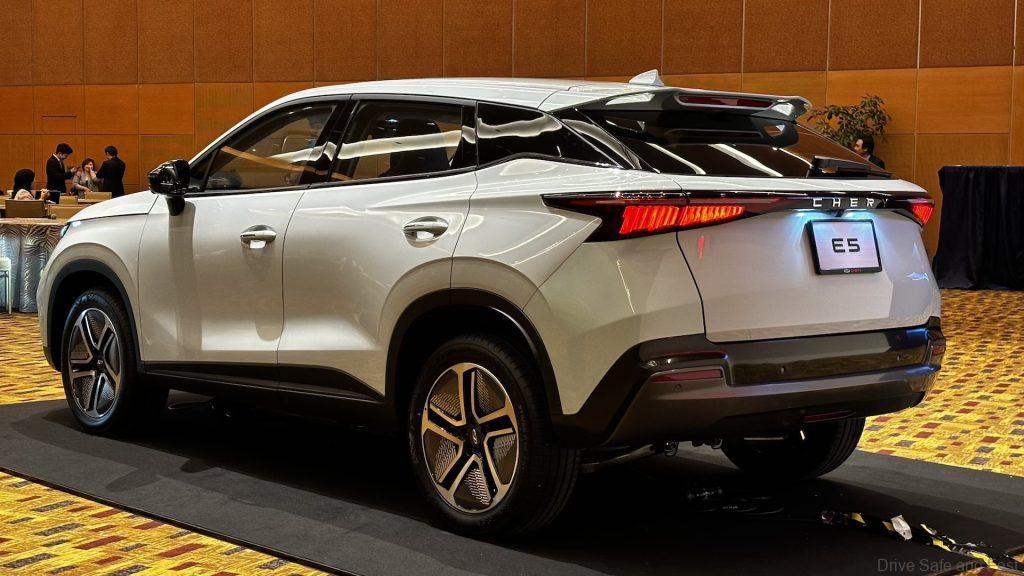
In terms of suspension, Chery has upgraded the electric version of the Omoda with multi-link rear suspension to deal with the added weight – the 1.5L petrol model comes with a torsion beam. On the Honda HR-V e:HEV, you get a torsion beam, so no independent rear suspension there. That being said, the HR-V gets variable ratio steering for added agility in this hybrid form.

While the Omoda E5 takes the upper hand in those aspects of performance, there’s one area where the Honda HR-V e:HEV can’t be matched – convenience and range. Operating the Omoda E5 means you have to physically plug it in to charge it at home every few days or you have to get it charged publicly either at a AC charger or a DC Fast Charger. Depending on your proximity to a charger, this can drastically effect how convenient operating an EV can be. If you live in a condominium, there’s a high likelihood that you won’t even have access to a home charger. This means that you’ll have to plan your use of the car carefully. The Omoda E5 is rated for about 430km of range. Even a quick top up from 30% to 80% will take about half an hour.
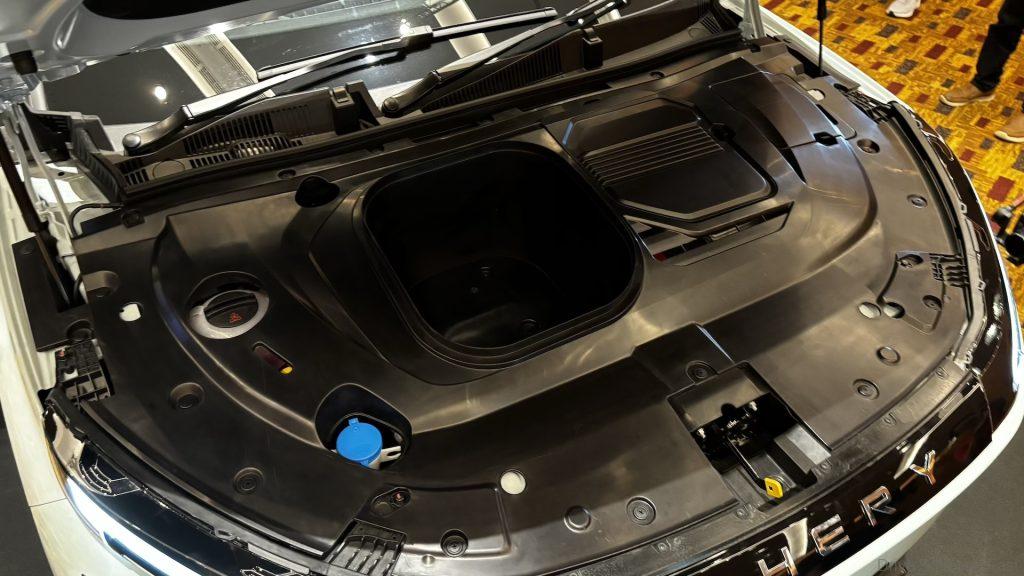
With the Honda HR-V e:HEV, you fill up at a petrol station like a regular vehicle and the engine charges up the battery automatically. Filling up can be done anywhere and takes just a couple of minutes to recover about 500-700km of range, depending on your driving style. That being said you’ll have to send the car in for periodic maintenance, which can be seen as an inconvenience as well. The Omoda E5 requires less maintenance, as there are far fewer serviceable items besides brake pads and fluids.

It’s also worth noting that the Omoda E5 has a little frunk while the HR-V e:HEV has ultra seats.
Equipment
In terms of kit there are massive similarities between the two cars and massive differences as well. Both cars come with 18” alloy wheels, ventilated front disc brakes and solid rear disc brakes, 6 airbags, and full ADAS, though the implementation and functions vary between the two makes. Honda features LaneWatch on the HR-V while Chery equips the Omoda E5 with Blind Spot monitoring. Both vehicles use full LED lighting but on the Chery you get projectors while on the Honda you get reflectors.
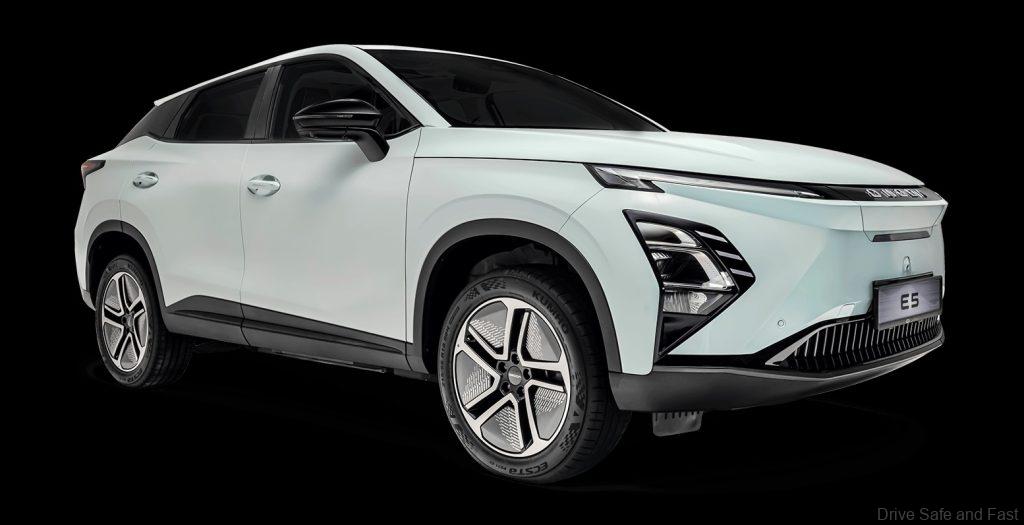
The Chery Omoda does throw in a few extra pieces of kit on the Omoda E5 that you don’t find on the Honda HR-V e:HEV. This includes a sunroof, dual 12.3” digital displays for infotainment and driver instrumentation, and a 360-degree parking camera. All-in-all, the Chery Omoda E5 edges out the Honda here as well, but for the essential equipment list they are both quite well featured.
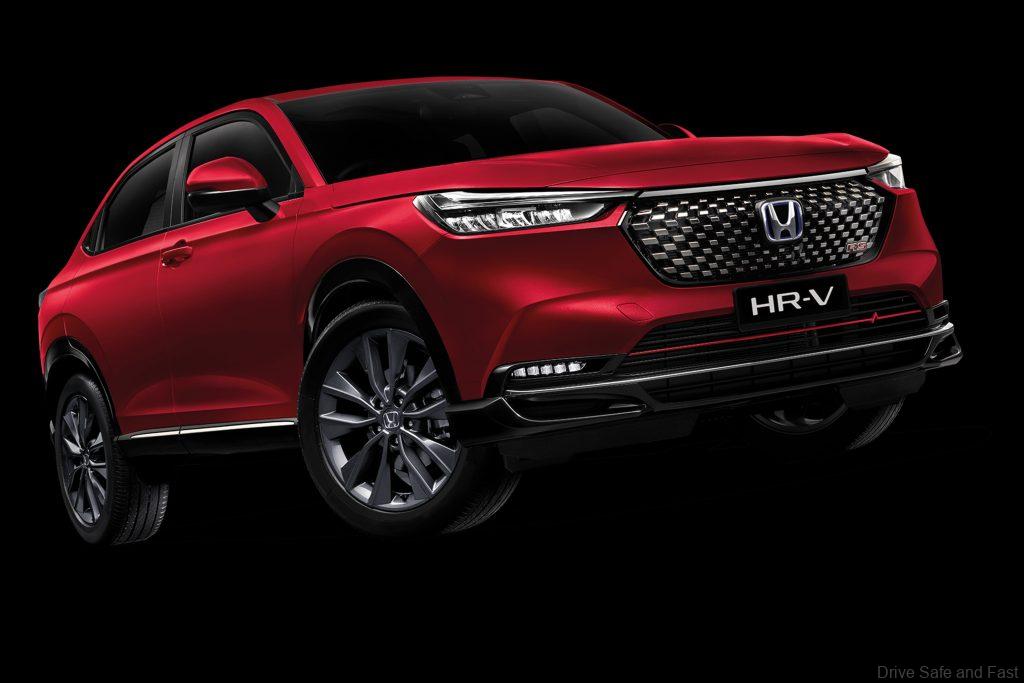
After Sales and Warranty
It’s tough to beat Chery’s warranty package – 8-years/160,000km for the battery and most of the powertrain components, 7 years for most general parts, but then varying degrees of coverage for other items. That being said, the Honda warranty feels a bit more solid with 8-years/unlimited mileage coverage for the battery and an industry-standard 5-year warranty on other components. What’s more, Honda has over 100 3S and 4S centres nationwide while Chery’s service network is still in its early stages of development. What’s more, Chery Malaysia still has a long journey ahead before they earn the trust of Malaysian buyers. These early years are important and you could be getting the deal of the decade with this Omoda E5 but you’re also a guinea pig for this new electric vehicle.
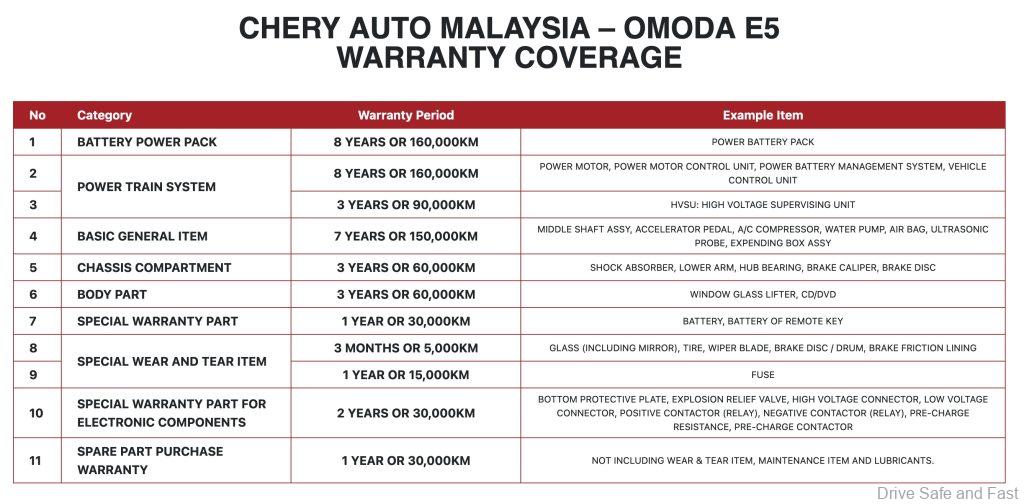
Ultimately, it’s hard to deny that the Chery Omoda E5 presents better value, but just keep in mind the limitations of battery electric vehicles and the smaller and yet-to-be-proven service network.



